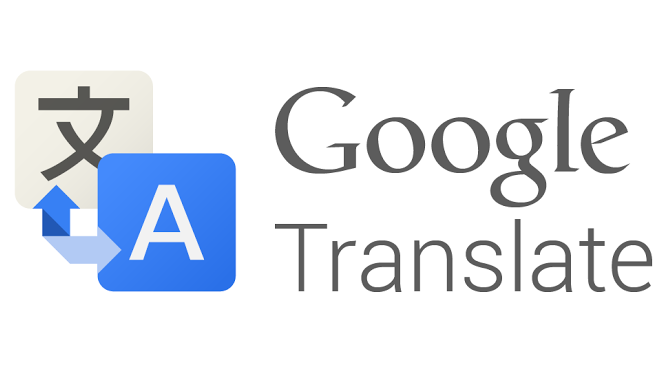After a four year gap since Google last added a new language to their Google Translate service they have splashed out today and given us five new additions to the platform. The new languages arriving are: Kinyarwanda, Odia (Oriya), Tatar, Turkmen and Uyghur, which together are spoken by more that 75 million people worldwide.

This grows Google Translates available languages to 108, that’s better than the one language most Australian’s speak. Why the long delay? It turns out it’s hard to teach a computer a new language, and for those languages that do not have large online repositories for for Google to use as training data it’s been difficult to get enough material for that training.
Thanks to improvements in Machine Learning and the human Google Translate Community Google has managed to bring these new languages into the service. You can now translate both text and websites in any of the new languages, and for Kinyarwanda, Tatar and Uyghur there’s also support for Virtual Keyboards.





Serious point.
I wonder if this update might make China require Huawei to NOT allow Google Translate to be part of the GApps suite on Huawei devices, if Huawei regain legitimate access to GApps.
The fifth frame of the Google Translate example is why I wonder this. What China is doing to the Uyghurs.